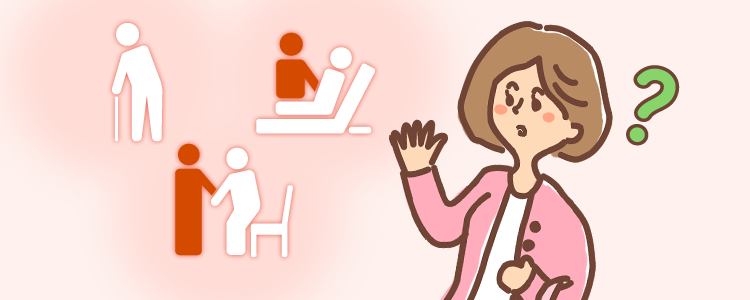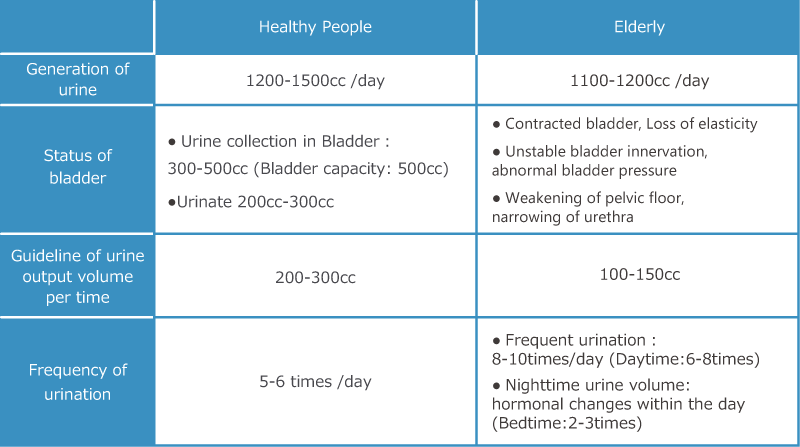Learn about activities of daily living (ADLs) for those receiving care

The most important part of excretion care is to look over those who are in nursing care and let them use the bathroom to excrete as much as possible when needed. It is necessary to properly understand activities of daily life(ADL) of people who are under nursing care.
What are activities of daily living (ADLs)?
ADL, abbreviation of activities of daily living, display the index with graphic labels to represent the capability of basic activities of people who are under nursing care such as excretion, eating, and bathing. There are six graphic icons of ADL used at Unicharm.
In our web site, 6 icons below represents each ADL status.
![]()
![]()
How to identify the possibility of excreting in the bathroom
It is important to identify the capability of daily life activities by examining one‘s capability of basic activity such as changing, keeping existing position and initiating movements when excreting in the bathroom.
As described in the table below, one‘s movement level that is close to “Able to move well” is considered as capable of some sort of independence; where when close to “Unable to move much” is considered as needing nursing care. In the case of able to "sit down", one is considered as capable of excretion by oneself by sitting on the toilet.

Properly understand symptom and condition of excretion
Excretory disorder progress in stages. To support independency when disorder stage is progressing, it is important to have proper care accordingly to the disorder.

Excretion comparison of healthy people and elderly
Compare to healthy people, the elderly tend to experience a decrease in total urine volume. While there is an increase in frequency, urine volume for one urination decreases. Also generally, elderly tend to excrete more urine volume at night compared to daytime.

Get advice from nursing care and recovery experts








